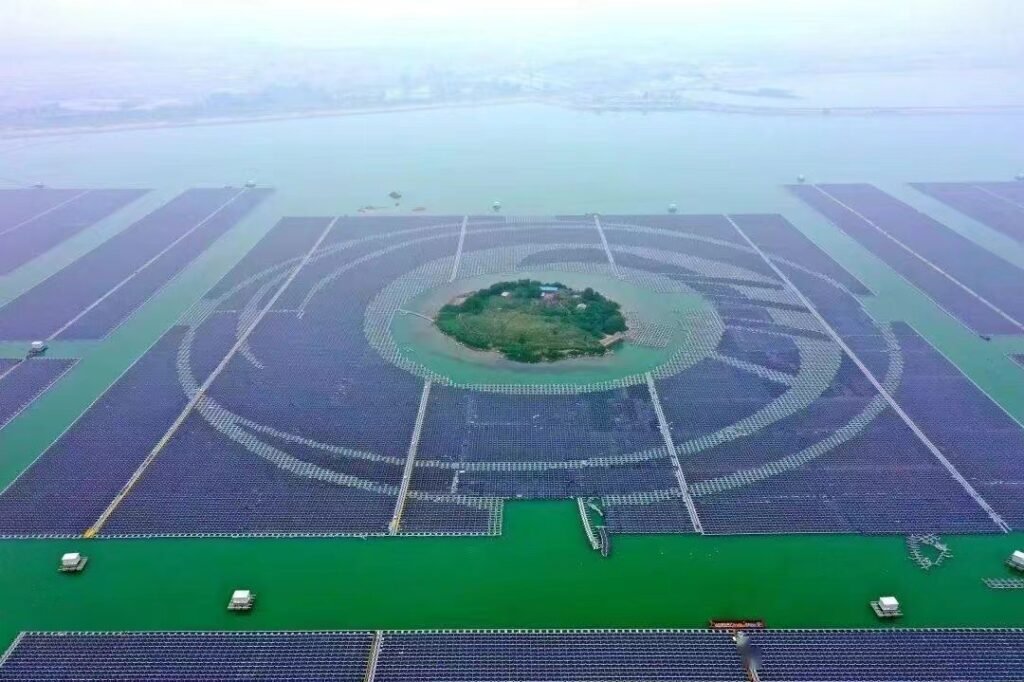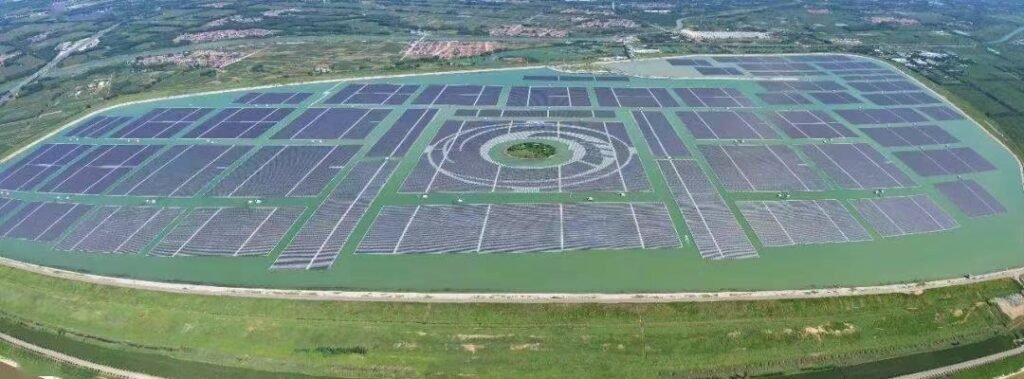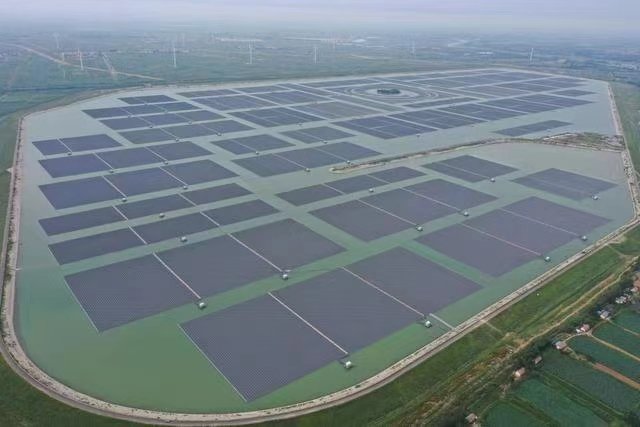
The Sunbird Station, now recognized as the world’s largest single-unit floating solar power station, has reached completion, marking a significant milestone in the global solar energy industry. Located on an expansive water surface, the Sunbird Station covers an area of 456 meters from east to west and 470 meters from north to south, with a total installed capacity of 16 megawatts. This project exemplifies the innovative use of water surfaces for solar power generation, maximizing efficiency while minimizing land use.

A key feature of the Sunbird Station is its groundbreaking anchoring system, which has been designed to expand the physical dimensions of the floating matrix. This innovation represents a bold leap in anchoring system technology, allowing for larger and more stable installations on water bodies. By pushing the boundaries of what is possible in the design and construction of floating solar power stations, the project sets a new benchmark in the industry.

The Sunbird Station also incorporates a range of advanced technologies, both from domestic and international sources, to enhance its efficiency and operational capabilities. The facility is equipped with a floating body displacement monitoring system to ensure structural stability, an automated solar module cleaning system to maintain optimal performance, and a drone inspection center for regular monitoring and maintenance. Additionally, bird-repelling devices have been installed to protect the solar panels and ensure uninterrupted operation. These state-of-the-art features highlight the technological and industrial advantages of the project, establishing it as a demonstration model with considerable potential for replication and expansion.

The environmental and social benefits of the Sunbird Station are substantial. Once fully operational, the project is expected to generate approximately 221 million kilowatt-hours of clean electricity annually, contributing significantly to the local power grid. This production level translates to a savings of approximately 67,700 tons of standard coal per year, along with an estimated reduction of 217,700 tons of carbon dioxide and 6,500 tons of sulfur dioxide emissions. The station will also reduce smoke and dust emissions by around 59,400 tons. These figures underscore the project’s contribution to combating climate change and promoting cleaner air and a healthier environment.

Economically, the Sunbird Station is poised to deliver significant returns, both through the generation of renewable energy and the reduction of fossil fuel reliance. It serves as a powerful example of the potential for sustainable energy solutions to be scaled up effectively, offering insights and models for similar projects around the world. The Sunbird Station not only contributes to energy production but also showcases the integration of cutting-edge technology with sustainable development, positioning it as a key player in the global transition to cleaner energy.

With its large-scale application and demonstration effect, the Sunbird Station stands as a landmark project, demonstrating the feasibility and advantages of floating solar power. It is expected to drive further innovation and development in the solar industry, setting a new standard for future projects aiming to harness renewable energy from water bodies.

